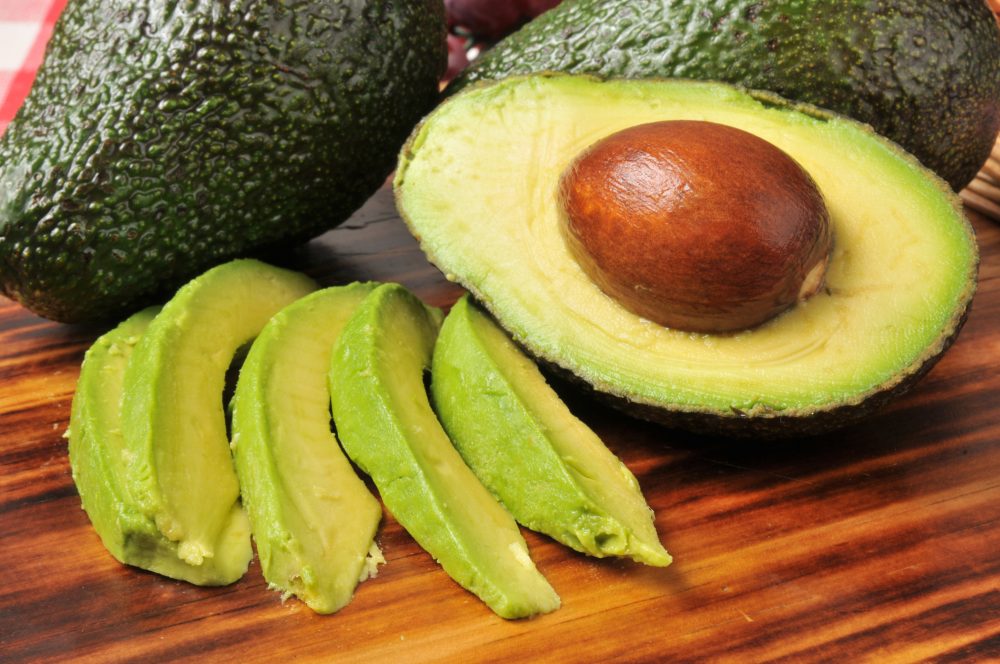An avocado is not just a fruit it is also a berry

An Avocado: Not Just a Fruit, but Also a Berry

The creamy and delicious avocado is a well-known fruit that has gained popularity in recent years. However, did you know that an avocado is not just a fruit, but also a berry? Yes, this green wonder with a buttery texture and nutty flavor falls into the botanical classification of a berry. This fact might surprise you, as avocados don’t resemble traditional berries like strawberries or blueberries. So, let’s dive into the details and explore why an avocado is both a fruit and a berry.
Avocados belong to the flowering plant family called Lauraceae, which includes trees like the bay laurel and cinnamon. Within this family, it falls under the genus Persea, and its scientific name is Persea americana. These trees can reach up to 66 feet in height and are native to south-central Mexico.
Now, let’s break down why avocados are categorized as both fruits and berries. According to botanical definitions, a fruit develops from the fertilized ovary of a flowering plant and contains seeds. By this definition, avocados are undoubtedly fruits, as they grow from a blossom and hold a large seed at the center. So, the next time you enjoy a slice of avocado toast, remember that you’re indulging in a fruit!
But what about the berry classification? To be considered a berry, a fruit must have a fleshy pericarp (the part surrounding the seed) and develop from a single ovary. Surprisingly, avocados meet these criteria. When we examine an avocado’s structure, we find that its thick and creamy flesh corresponds to the fleshy pericarp required for berry classification. Furthermore, avocados develop from a single ovary, cementing their status as berries.

So, why is it that most people aren’t aware of the avocado’s berry status? Well, the confusion arises because avocados don’t fit into the conventional image of a berry. We typically associate berries with small, round, and often brightly colored fruits with soft flesh. The avocado’s unique size, shape, and color scheme make it an outlier. However, botanical classifications are based on scientific criteria rather than common perceptions.
Besides its dual classification as a fruit and a berry, the avocado offers numerous nutritional benefits. It contains healthy monounsaturated fats, which contribute to heart health. Avocados are also rich in vitamins C, E, K, and B-6, as well as folate and potassium. This nutrient-packed fruit/berry supports your immune system, aids in digestion, and promotes healthy skin.
In conclusion, despite its distinct appearance, the avocado is not just a fruit but also a berry. Its botanical classification as a berry might surprise some, but it aligns with the criteria set by plant science. So, the next time you enjoy a creamy and satisfying avocado, appreciate its unique status as a fruit with a hidden berry identity.
Sources:
Tags
Share
Related Posts
Quick Links
Legal Stuff

